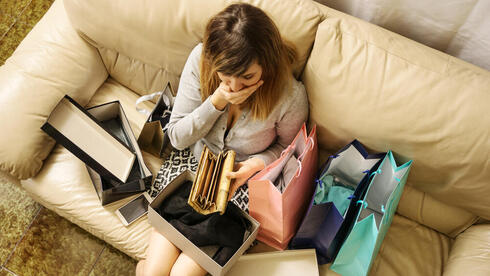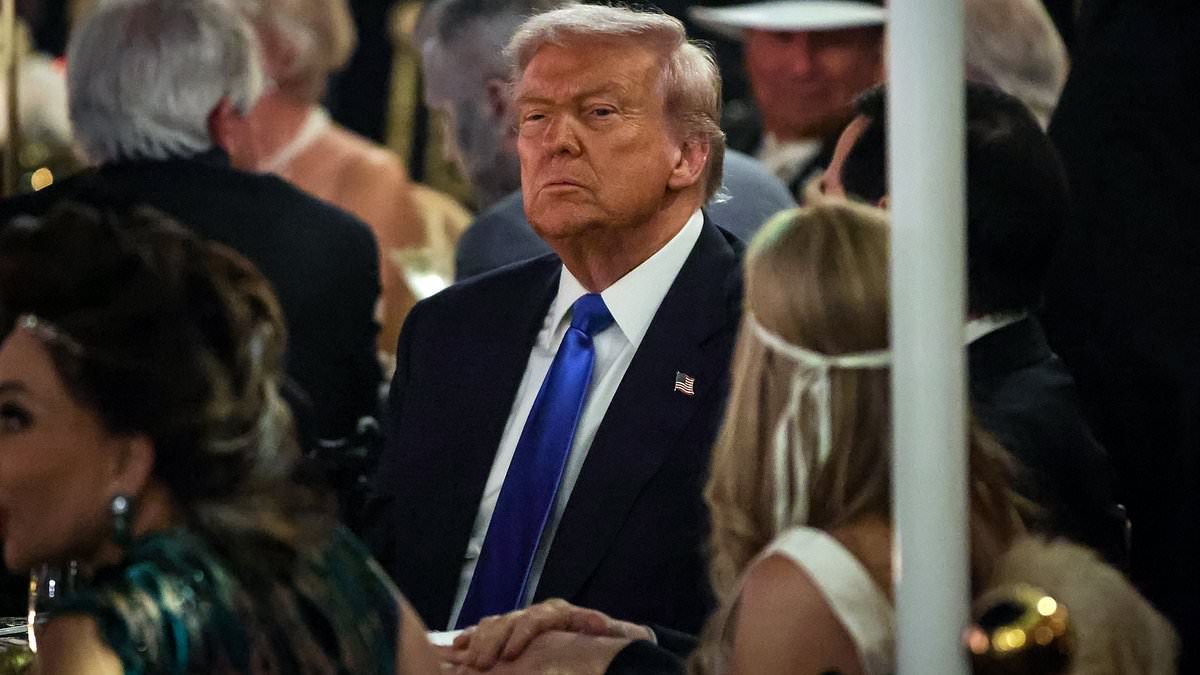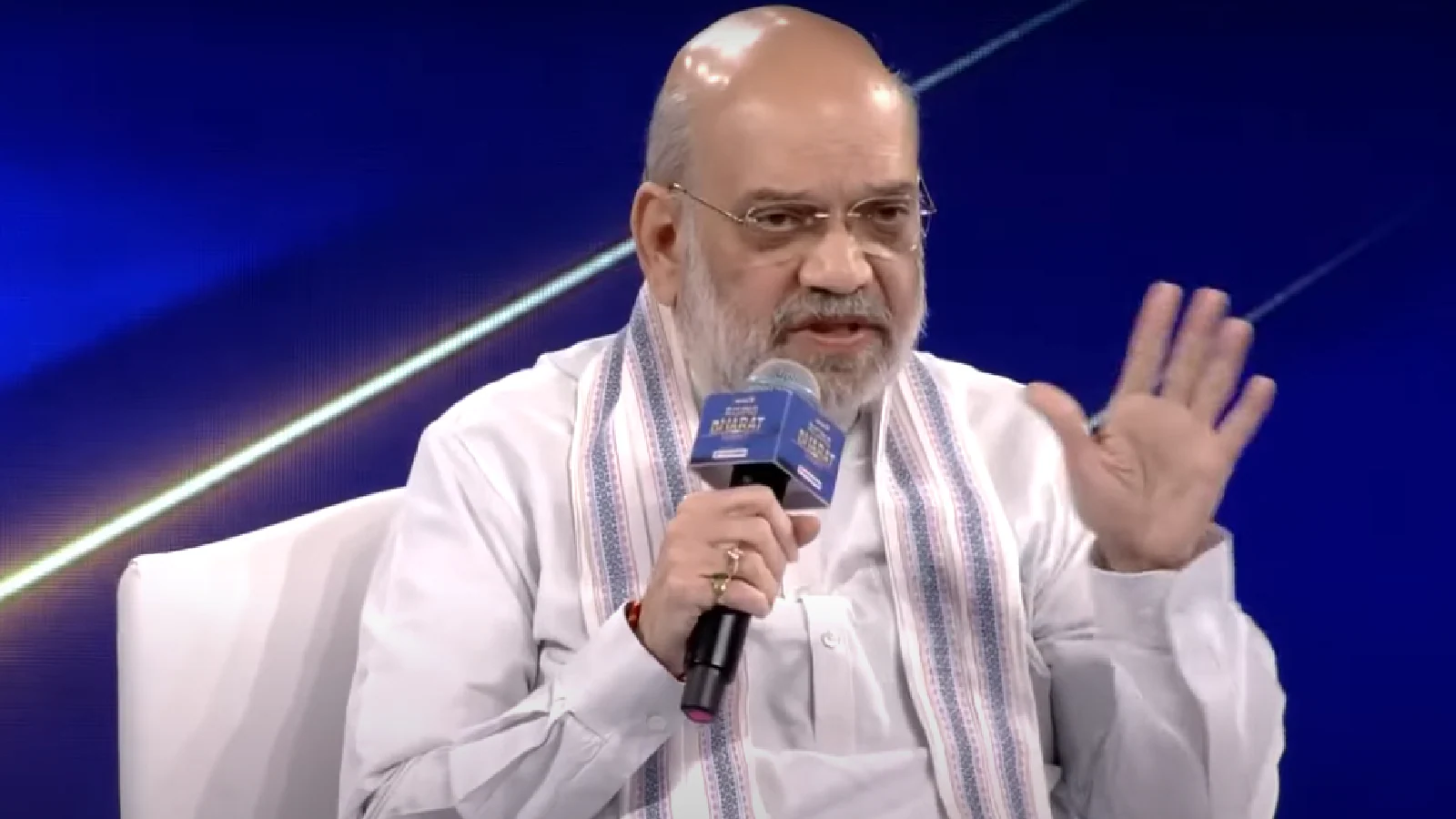Copyright ynetnews

Every November, the frenzy begins. Singles’ Day, Black Friday, Cyber Monday — you name it. Screens fill with flashing discounts, ticking countdowns, and urgent buttons urging us to “buy now.” It feels impossible to resist the rush, the sense that if we don’t act fast, we’ll miss out. But behind this urge to spend lies something much deeper: shopping addiction. And yes, experts say it’s real. 'Retail therapy' and the illusion of control “There’s something called ‘retail therapy,’” says Michal Shechter, a social worker and director of the addiction and behavioral health clinic at Meuhedet Health Services. “We know that buying something that makes us feel good, like having a beer with a friend or eating ice cream, can calm us down when we’re stressed, worried, or insecure. It gives us a sense of comfort.” Although compulsive shopping isn’t officially recognized in the DSM, psychiatry’s diagnostic “bible,” it already has a professional name: Compulsive Buying Disorder (CBD). “At its core, it’s about impulse control,” Shechter explains. “And marketing plays a huge role. Retailers know exactly how to get to us. Their campaigns target our emotions, our fear of missing out, our insecurities. Ads are personalized to what we search for online. Capitalism pushes companies to sell as much as possible, and they have powerful tools to reach us emotionally.” But behind the casual “I felt like buying something” often lies a deeper need. “In addiction cycles, there’s usually an emotional emptiness , loneliness, sadness, or lack of control. Buying gives a quick dopamine hit and a sense of power. You pick something, pay for it, and suddenly feel better,” she says. “The lines between ‘want’ and ‘need’ get blurred. You don’t just want the designer mug , you convince yourself you need it.” A quick fix that fades fast Buying something new can bring real satisfaction, a momentary high. “When you save up for something or treat yourself to something flattering, it gives you a sense of vitality and achievement,” Shechter says. “It’s about belonging, filling loneliness, chasing that moment of feeling alive.” Social media only intensifies it. “There’s a social status to it, showing off the coolest clothes or gadgets,” she says. “And unboxing videos on TikTok? They’re practically emotional marketing. Watching someone open a package makes you feel the same thrill, even if you’re not buying anything yourself.” From excitement to guilt But the shift from enjoyment to obsession can happen fast. “The problem starts when shopping becomes compulsive, uncontrollable,” Shechter warns. “When it starts affecting your finances, your relationships, or your daily life, when you skip your kid’s school event or cancel plans with friends just to shop.” And what happens afterward is part of the same cycle. “There’s guilt and shame ‘Why did I buy this? I didn’t need it.’ Yet the next time, you can’t stop yourself,” she says. “That’s when it’s no longer just a spending habit but a psychological pattern.” Shechter describes the addiction loop clearly: “There’s a trigger something external like an ad, or internal like sadness. Then comes the craving, the fantasy of what you’ll buy. The purchase brings short relief, even euphoria. But it’s followed by emptiness and regret, which trigger the next craving. It’s a loop.” When the signs become visible For some, the consequences become physically visible. “In severe cases, you can see it in their homes,” Shechter says. “Rooms filled with unopened packages, closets overflowing, purchases still in boxes. It can resemble hoarding. People spend thousands of shekels a month, far beyond their means. Families fight, space shrinks, and tension grows.” She recalls one extreme example. “A patient’s entire safe room was full of shopping bags. When the war broke out, it became a real problem, they couldn’t even use it for shelter. Clearing it out caused enormous emotional pain, both for her and her family. Many don’t realize this is a form of mental distress.” Diagnosing and treating compulsive buying Since it’s not in the DSM, there’s no official diagnosis. “We usually define it as an impulse control disorder,” Shechter says. “In the clinic, the turning point is when someone comes in and says, ‘I can’t live like this anymore.’ That’s when we know it’s beyond normal spending.” Treatment focuses on behavioral change. “CBT (Cognitive Behavioral Therapy) helps patients identify their triggers and manage them. Motivational therapy helps them find personal reasons to stop—not just financial or family reasons, but emotional ones,” Shechter explains. “Sometimes medication or deeper talk therapy is needed to uncover the pain driving the behavior.” The first step: awareness Ultimately, the path out of addiction begins with awareness. “Before you buy something, ask yourself: do I really want this, or do I need it?” Shechter advises. She recommends keeping a shopping diary: “Write down what you bought, when, and how much it cost. Sleep on it for 24 hours before clicking ‘buy.’ Most of the time, you’ll realize you don’t actually need it, you were just caught in a vulnerable moment.” And, she emphasizes, the goal isn’t to stop shopping entirely. “Recovery isn’t about never buying again. It’s about regaining choice, the ability to stop, think, and decide whether you’re buying something because you need it, or because you’re chasing a fleeting sense of calm.”



